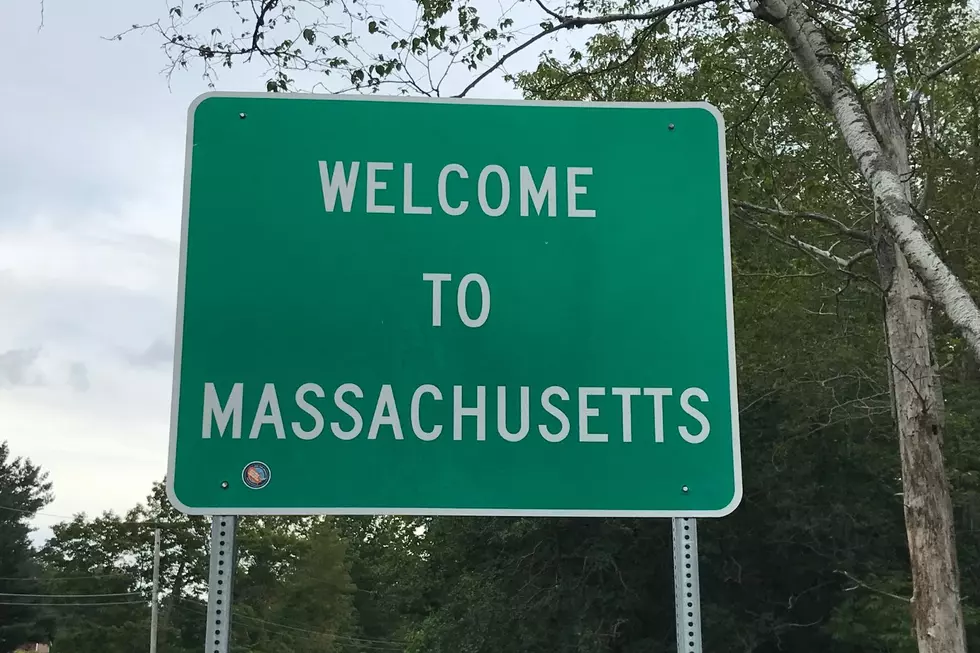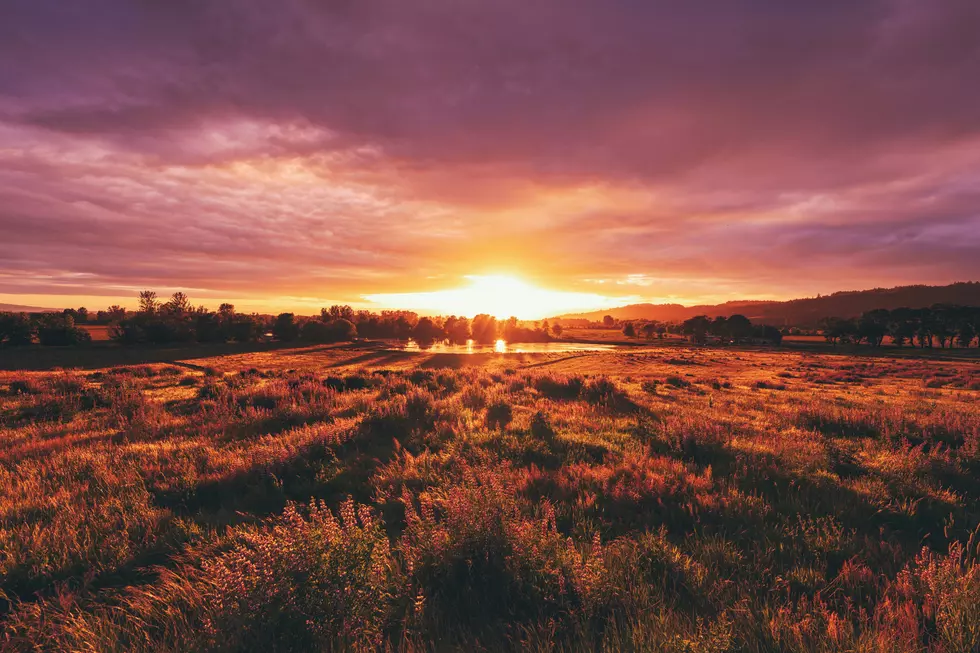
This Massachusetts City Has the Largest Spotted Lanternfly Infestation in the State
The summer season still has over a month to go in Massachusetts, which means plenty more sunshine, humidity, and of course bugs.
While mosquitos have been the topic of conversation lately, there are less annoying insects that appear in Massachusetts during the summer months like ladybugs, dragonflies, and butterflies that add to the state's natural beauty, Unfortunately, mosquitos, flies, bees, ants, and yes, of course, tics are staples of the warmer weather in Massachusetts as well.
One bug that has been popping up all over Massachusetts and the northeast in recent years is the lanternfly. The spotted lanternfly is an invasive species that is native to China and was first discovered stateside in September 2014 in Pennsylvania. Spotted lanternflies can be spread long distances by people who move infested material or items containing egg masses. The insects feed on shade trees but also on a wide range of crops and plants, including grapes, apples, hops, walnuts, and hardwood trees, making them detrimental to the crops.
This Massachusetts City Has the Largest Infestation of the Spotted Lanternfly
Just a year after it was discovered in Worcester, Massachusetts, the central city is now how the largest infestation in the state according to recent reports from state officials.
Despite the state Department of Agriculutre's effort to control the species, destroying approximately 5,500 egg masses in Shrewsbury, Fitchburg and Springfield, and Worcester, the latter has still struggled to control the population.
Why Does Worcester, Massachusetts Have So Many Spotted Lanternflies?
Worcester’s large infestation is due to a few factors, the first being the presence of trees of heaven, a shady, leafy tree in which the lanternflies thrive. The second is that the city of Worcester has a plethora of rusty metal on old buildings, where spotted lanternflies also like to congregate, according to sources.
Across Massachusetts, the public is encouraged to report infestations to the Massachusetts Department of Agriculture.
Quiz: Do you know your state insect?
More From WBEC FM









